Hangouts in the Bayou Region
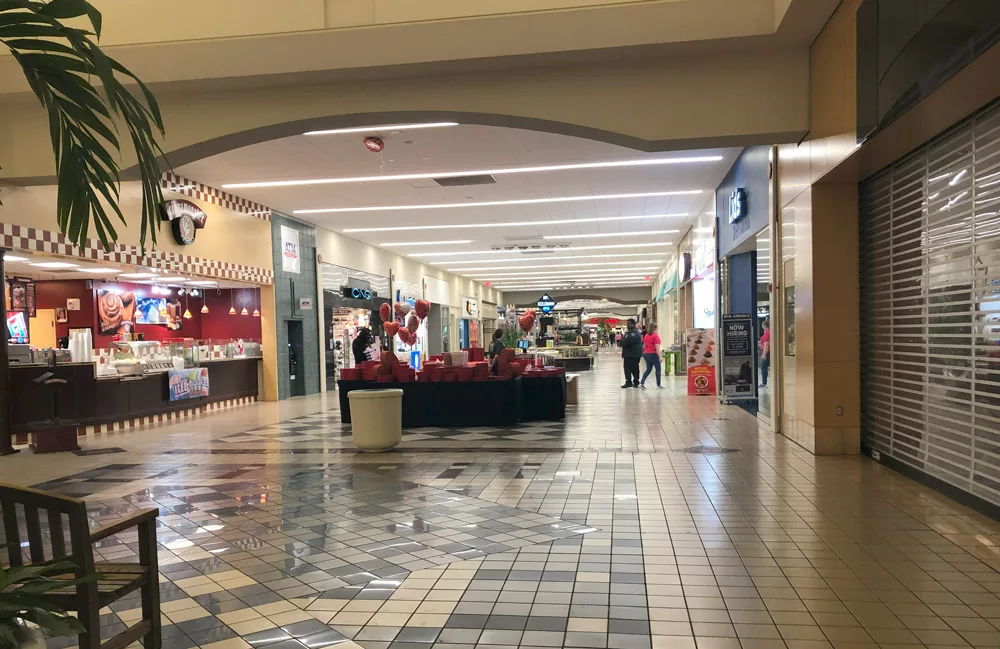
Zoe Hebert Staff In South Louisiana’s Bayou Region, many hangout spots frequented by teens and young adults have closed or decreased in popularity over the decades. In the 1930s, teenagers were drawn to hangout spots that were simple like swimming pools, backroads, and parks. Located on the eastside of Houma, the Houma Airbase serves as a park for the community to use, but in the ‘80s, it was the perfect spot for teenagers to make out, drink, and fight. “I remember there was the FOP Lodge at the airbase,” says June Davis, who grew up in Bourg during the ‘80s. “It stood for the Fraternal Order of Police Lodge, which was a popular spot for people to have parties at. There was always a lot of fighting going on between the guys.” “It stood for the Fraternal Order of Police Lodge, which was a popular spot for people to have parties at.” June Davis In 2021, John Navy opened a splash park on the airbase for younger kids to use during hot days, modernizing the airbase for today’s youth. Another major youth activity for teenagers in past decades was swimming. The Legion Park Pool, located in Houma, offered kids a place to cool down in the Louisiana heat. It is now patched up and closed down. “As a former high school student swimmer, the Legion Park Pool was not only a fun place for us to hangout but it was also the pool where teams would practice,” says Paula Hebert, a resident of Houma. “I remember being five years old and going there for practices.” As time moved on, the hangout scene became a little more modernized with the popularity of malls. Southland Mall, located in Houma, used to be a booming hangout area for teens and young adults. Within the mall was a movie theater called Southland Cinema. Southland Mall was also the place where schools would do cheer and gym performances for the crowds, which is something that is never seen now. Houma native Brian Pellegrin says, “An entire strip of the mall is empty. There are no stores on that side and there’s not even a food court.” Southland Mall 2023 Splash Pad 2023 Houma Airbase Hill Lacache Middle School at Southland Mall Lacache Middle School Southland Mall 1999
The HoJo
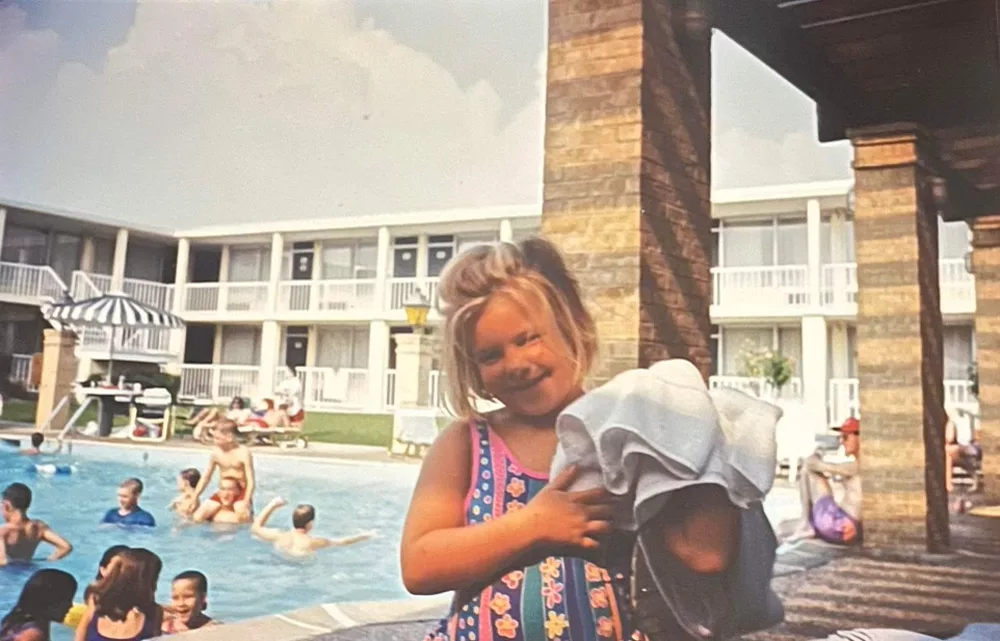
Cassie Cavalier staff
Southland Mall
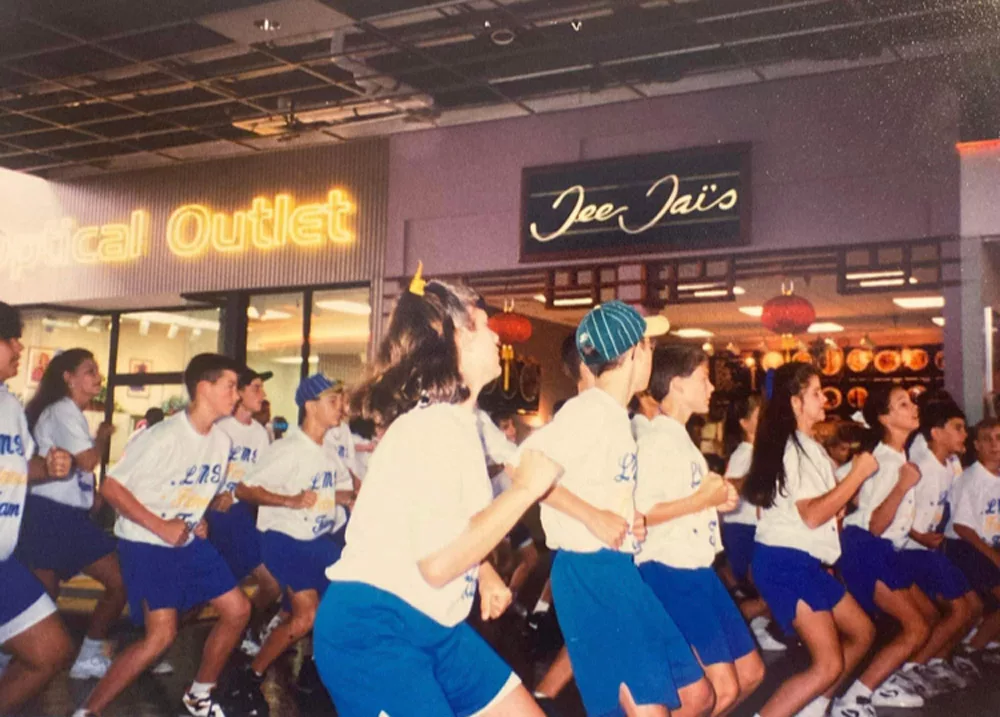
Bryce Whittington Video editor
The Back Road
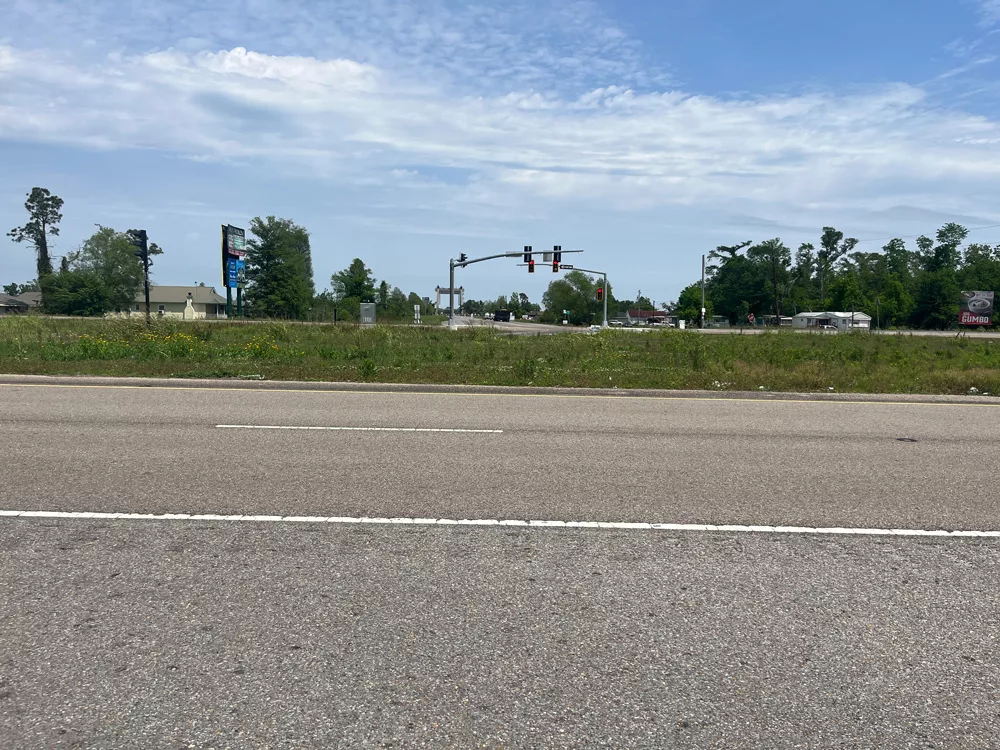
Daeshawn armstead Staff Before Lafourche Parish’s Highway 3225 was paved, it was an old shell road known as The Back Road where youth would hang out. It was sand from Golden Meadow to West 107th street and limestone to Larose,” recalls Avery Dufrene, who used to go to The Back Road. The Back Road was a place where youth would meet up to hang out, drink, go mud-riding, party and fight without parental supervision. This spot was popular because of its lack of checkpoints. Checkpoints – where police would stop and inspect cars – would be on LA-1, leaving The Back Road police free. During this time, in the ’70s and ’80s, phones and the internet were not as easily accessible/portable as they are now. If a teenager wanted to stay in the loop, they had to be on The Back Road in order to socialize. Jamie Pitre, a local resident, remembers a time when he and his friends were asked by a teacher at South Lafourche High School to fill the van’s tank. “We took his van to The Back Road and started doing donuts,” says Pitre. “We took his van to The Back Road and started doing donuts.” Jamie Pitre Wade Fanguy says The Back Road was a place where they could kick back and have fun. “We used to go there to ride our 3-wheelers and drink beer almost every day,” he says. The Back Road was a popular hangout spot until the road was paved and turned into a highway in 1985.
Riding the Avenue
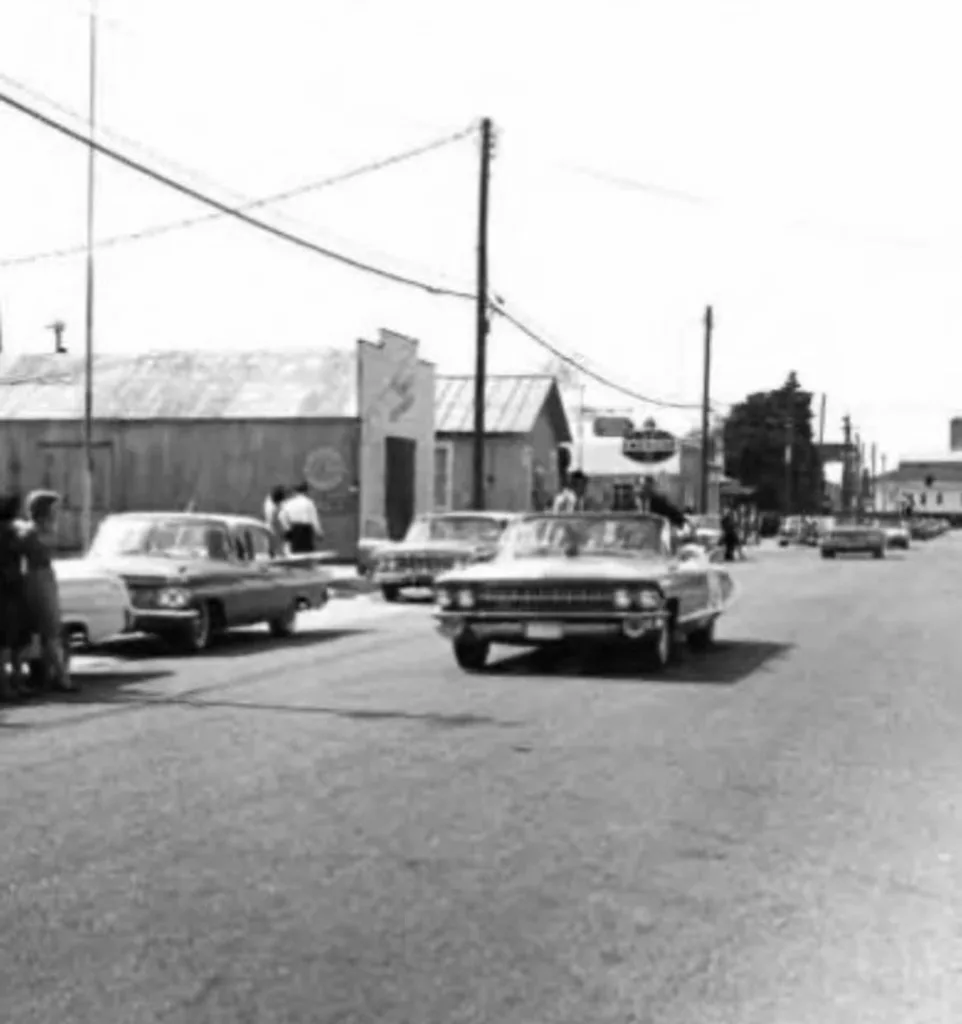
Alayna Yarwood Staff For almost 40 years Donaldsonville was home to a popular teen hangout: Railroad Avenue. Railroad Avenue was a half-mile-long road where teens like Nicki Boudreaux, Erin Theriot, and Leslie Tenney would spend hours riding up and down the road every Friday, Saturday and sometimes Sunday nights in the 1990s. “On the weekends, when you wanted to do something with friends, you would get in a car, ride from the railroad tracks to the river, make a loop, and go back up and down,” says Boudreaux. Everyone knew people would be at the avenue if it was a Friday or Saturday night. “Riding the avenue,” as it was called, started before the 1960s and was carried on from generation to generation until the 1990s. Cars riding the avenue would be filled to the max so sometimes people would need to sit on each other’s laps. Teens would make mixtapes to listen to while they rode up and down the avenue. Cars would flash their lights at other passing cars, signaling them to pull over and chat. The avenue was also how word spread about parties happening in the area. While riding the avenue, teens would stop by The First & Last Chance Café, also known as “The Chance.” Teens would grab a bite to eat at the cafe, open since 1921, then spend time outside and behind the restaurant. After football games, students would ride the avenue until curfew, which was sometimes 1 or 2 a.m. “Riding the avenue and The Chance went hand in hand,” says Tenney. “It was the perfect location for people to get out of their car, talk in large groups, grab something to eat, and run in for a restroom break. It was tradition to write your name on the wall in that restroom.” “Riding the avenue and The Chance went hand in hand.” Leslie Tenney The Chance is still on the avenue and loved by many locals, however, the weekend tradition of riding the avenue was lost as years went by. “There was starting to be a lot of fights and trouble,” says Theriot. “When the local police were tightening up security and patrols, the first rule that went into place was that there was no stopping at The Chance. That just about killed it for a lot of people. They also began to be very strict with the curfew laws. Obviously, they couldn’t ban folks from driving on the roads, but they did make it very hard to hang out when you weren’t inside of a vehicle.” Railroad Avenue Street Sign Riding the Avenue, 1960s The First and Last Chance Sign, 2022 Railroad Avenue, 1950s The First and Last Chance
